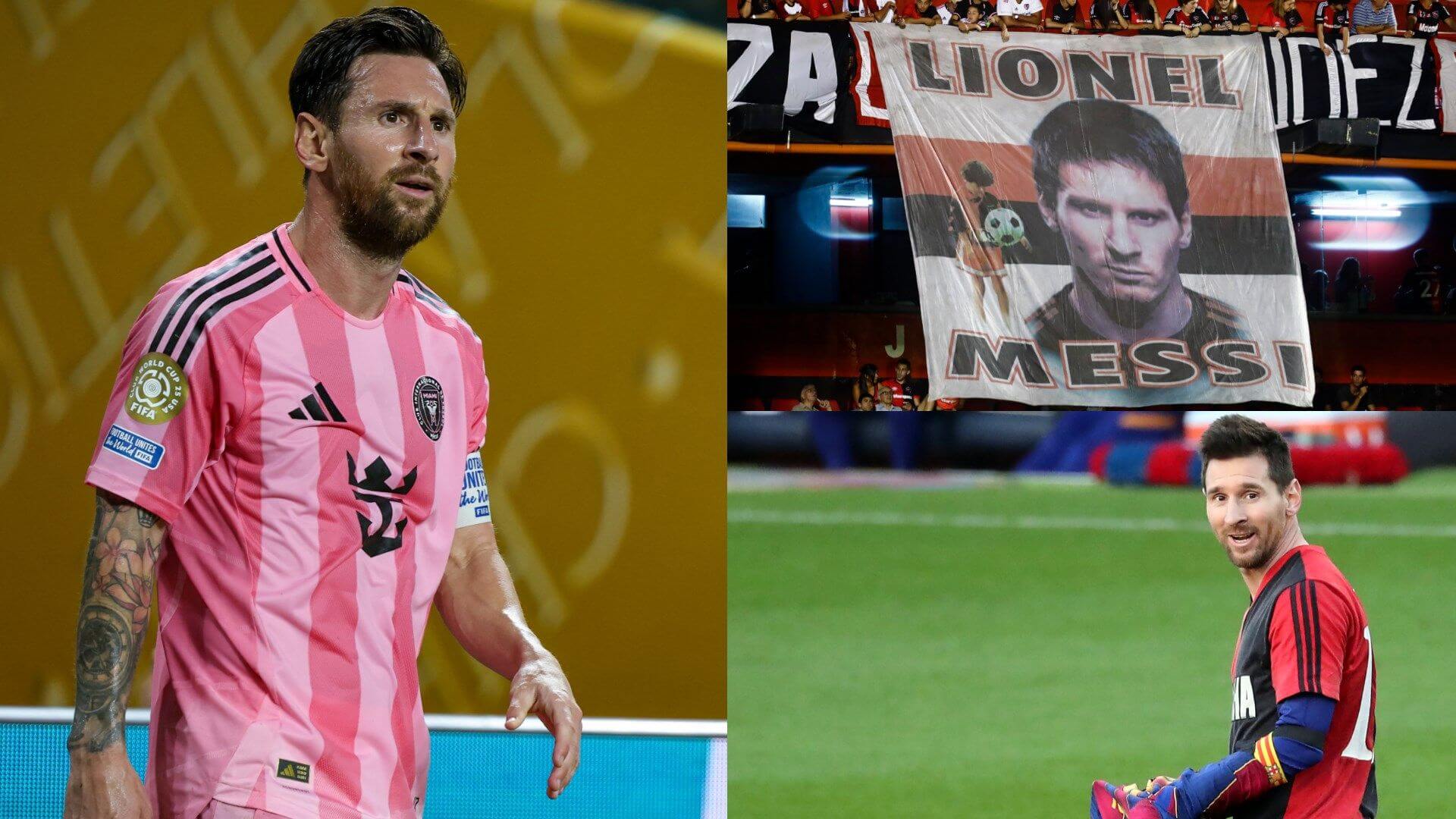Lionel Messi stand row divides Newell’s Old Boys
Lionel Messi stand at Marcelo Bielsa Stadium has ignited an impassioned debate in Rosario after Newell’s Old Boys confirmed that a newly built tribune will bear the World Cup-winning captain’s name. While many supporters see the gesture as a fitting tribute to their most famous academy graduate, one former head coach has described the move as “premature, unnecessary and disrespectful to those who actually wore the shirt in the first team.”
Lionel Messi stand announcement triggers mixed emotions
The club unveiled architectural renderings of the Lionel Messi stand last week, promising modern sightlines, safer access routes and a mural that tracks the forward’s journey from the Malvinas neighbourhood to global superstardom. Within hours, former manager Jorge “El Negro” Theiler—who guided the side in the early 2000s—questioned the board’s decision. “What did Lionel Messi do here apart from train as a kid? We have idols who lifted league titles in our colours, and they still wait for recognition,” he told local station LT8.
Why a Lionel Messi stand matters to Newell’s Old Boys
For current president Atilio Romero, honouring the prodigy is entirely logical. “Our stadium already carries Marcelo Bielsa’s name. The new Lionel Messi stand connects two icons and tells every academy child that dreams can travel from Parque Independencia to the world,” he said. Club officials added that shirt-sponsorship revenue connected to the project will finance youth-team pitches and a new medical centre.
Critics say history is being rewritten
Opponents counter that a Lionel Messi stand rewrites history and diminishes the achievements of 1974 title heroes like Mario Zanabria and recent idols such as Maxi Rodríguez. They argue that Messi never played a senior minute in Argentina before Barcelona whisked him away at 13, making his bond largely symbolic. “You don’t immortalise a promise; you immortalise deeds,” Theiler insisted.
Messi’s global stardom complicates local tradition
The controversy touches a broader Argentine custom of naming stadium sectors after club icons. Boca Juniors have the Quinquela Martín artists’ box, River Plate celebrate Ángel Labruna, and Talleres pay homage to Miguel “El Maestro” Ortiz. Newell’s already honour Bielsa, yet critics fear the board is chasing marketing clout by attaching a global brand to concrete.
Fans caught between pride and principle
On the terraces the debate is just as lively. Supporters’ group Leprosos Unidos ran an online poll: 62 percent backed the Lionel Messi stand, citing pride in the nation’s most decorated footballer. A passionate minority, however, said they would prefer Messi to earn the recognition by playing at least one competitive match in red and black before a stand bears his name. “He said he wants to retire here—let’s wait,” one fan wrote.
Marcelo Bielsa Stadium renovation plans
The Marcelo Bielsa Stadium, originally opened in 1911 and expanded several times, is undergoing a multi-phase makeover. The Lionel Messi stand represents phase two and will boost capacity by 8,000 seats, bringing the total above 50,000. Club architects confirmed that a portion of the structure will be removable to accommodate possible 2030 World Cup hosting duties. Naming rights beyond Messi’s moniker are expected to bring in US$3 million over five years.
A tribute to talent or a marketing strategy?
Sports economists note that a Lionel Messi stand is a commercial dream. Tour operators have already inquired about stadium visits tailored to international tourists following Messi’s Major League Soccer exploits with Inter Miami. Replica signage and commemorative merchandise are projected to add 15 percent to the club shop’s annual turnover.
The player’s own stance
Lionel Messi himself has not issued a formal statement, yet sources close to the player suggest he was humbled and “slightly embarrassed” by the fuss. Friends say he remains open to playing a farewell season at Newell’s Old Boys once his Inter Miami contract expires in 2025. If that happens, the Lionel Messi stand could double as the perfect backdrop for a homecoming.
Theiler’s legacy and why his voice matters
Jorge Theiler may not enjoy Bielsa-level fame, but he captained Newell’s to the 1987 league title and later nurtured talents such as Gabriel Heinze. His objection to the Lionel Messi stand carries weight among purists who value on-field service above celebrity status. Theiler believes that stands should be named only after individuals who have directly contributed to silverware in club colours. “Respect history and it will respect you back,” he concluded.
Balancing heritage and modern football realities
Modern football increasingly blurs the line between heritage and branding. A Lionel Messi stand arguably merges both: it celebrates a homegrown genius while amplifying Newell’s profile in a global market dominated by social media impressions and streaming rights. Whether the balance tilts too far toward commercialism remains subjective.
What happens next?
Construction is scheduled to begin in January, with inauguration pencilled in for July 2024. The club’s general assembly will hold a symbolic vote, but board executives have the authority to proceed regardless. Dissenters plan peaceful demonstrations to lobby for alternative honourees, including late striker Víctor Rogelio Ramos.
Short opinion
Honouring heroes is essential, yet timing is crucial. The Lionel Messi stand feels inevitable, but unveiling it before the legend has worn the senior shirt risks turning homage into hype. A compromise—naming a youth facility now and the stand after his final bow—could have preserved tradition while embracing the future.
Your global gateway to nonstop football coverage:
Goal Sports News
Share this content:
